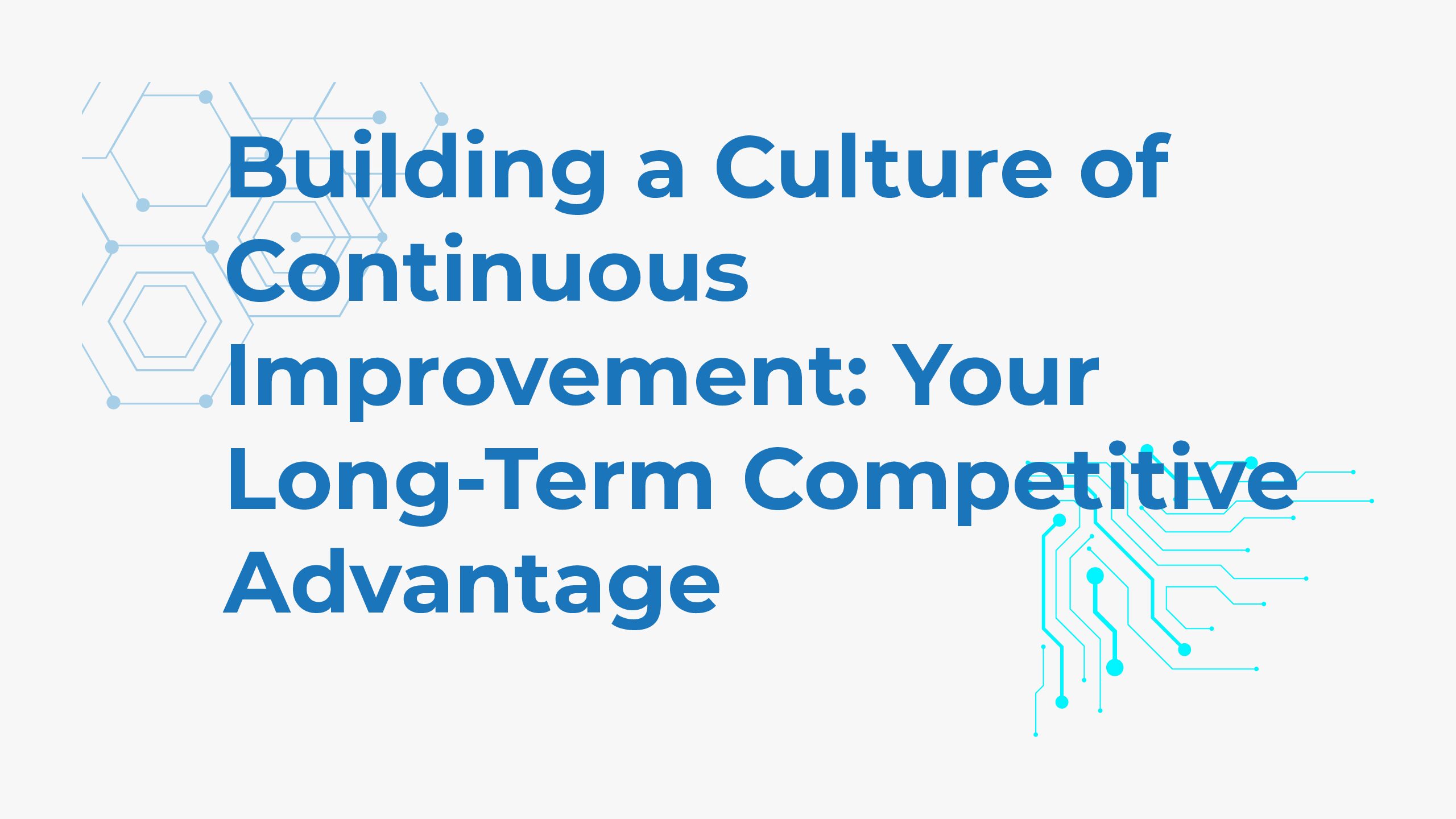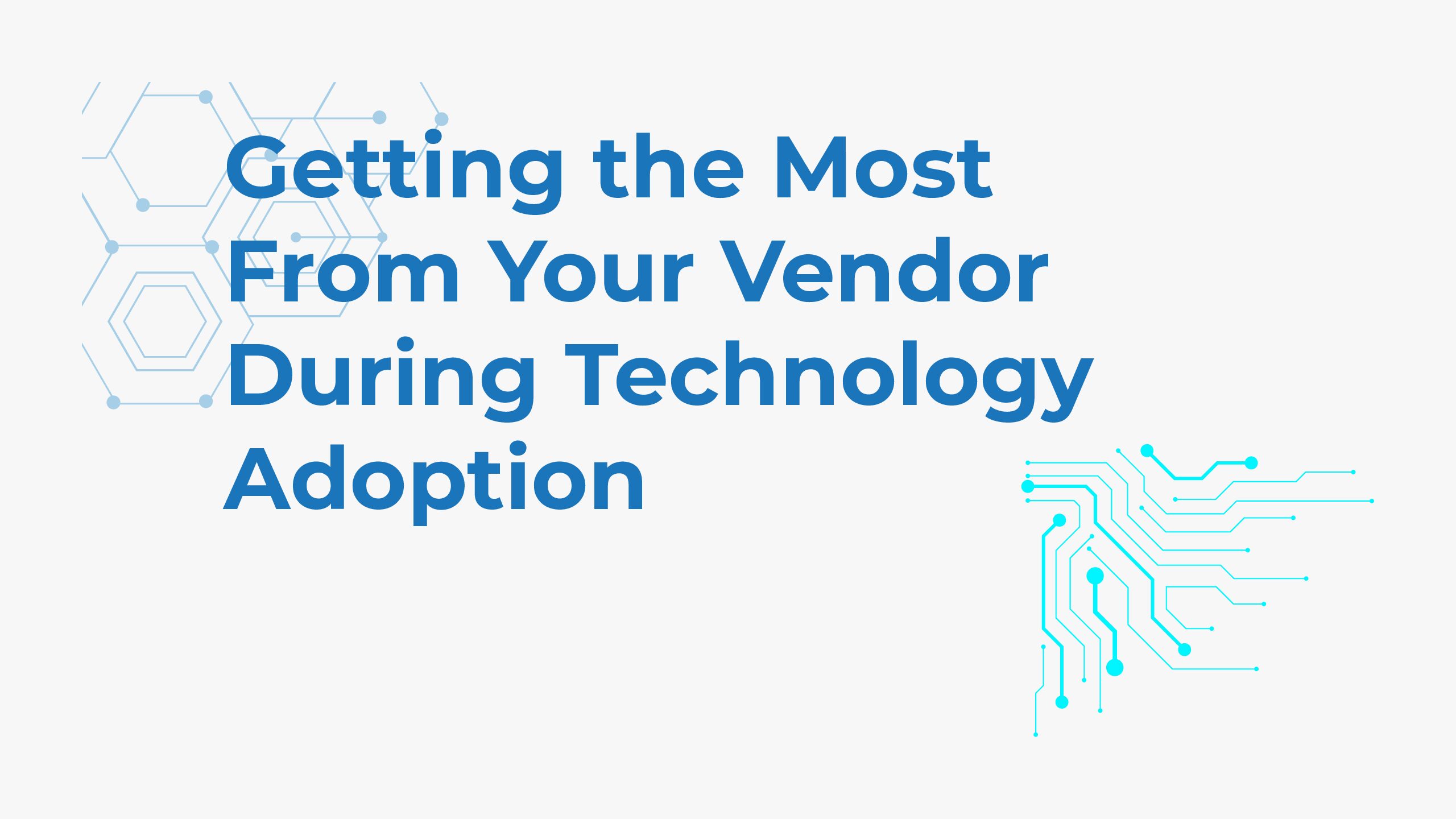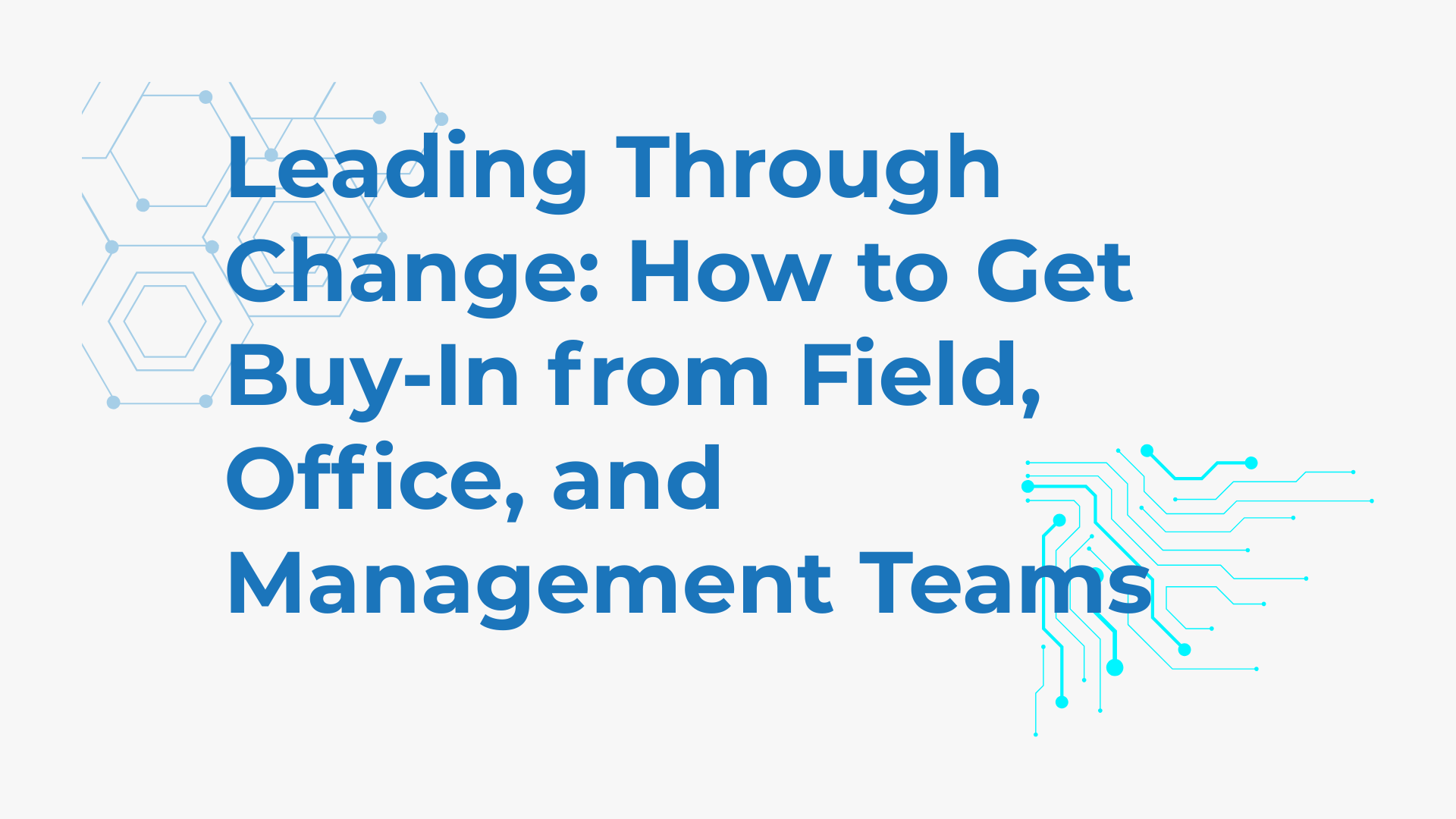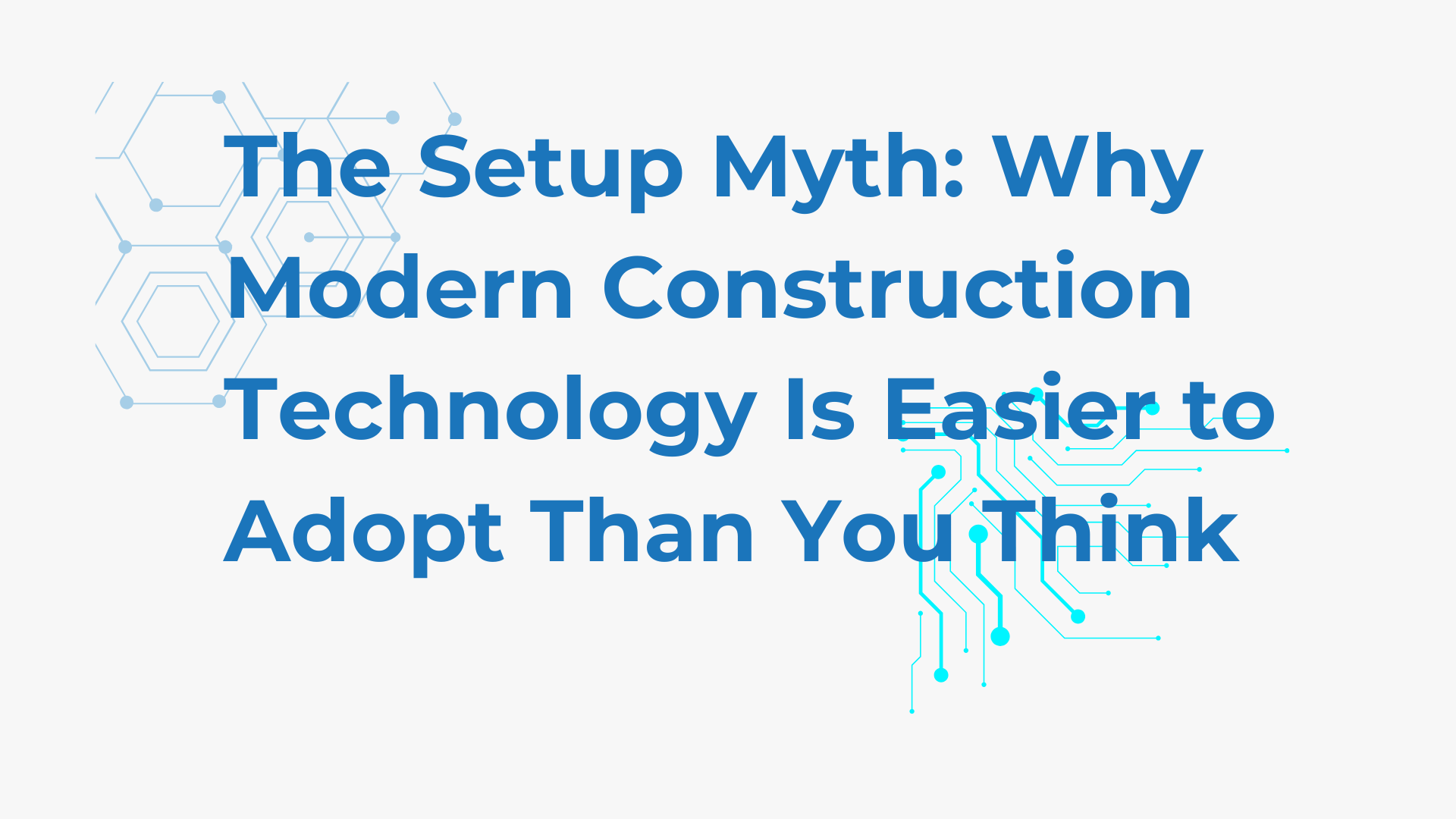
Introduction
Over the past few posts, we’ve explored how to overcome the obstacles to technology adoption — the fear of disruption, the complexity myth, the importance of leadership, vendor support, and small wins.
But if you walk away thinking adoption is something you finish, you’re missing the bigger picture.
Because here’s the truth:
If you think you’re done adopting technology, you’ve already started falling behind.
And if you’re waiting for the “right” technology to show up before you act — you’ll always be waiting while others move forward.
Innovation isn’t slowing down. It’s accelerating.
What feels like a competitive advantage today becomes table stakes tomorrow.
The companies that continue to lead are the ones that don’t just adopt technology — they perfect their process for adopting new technology. They build a culture that expects change, adapts quickly, and lowers the friction every time something new comes along.
This post is about how to build that kind of culture — one that turns continuous improvement into your long-term competitive edge.
The Problem With One-Time Thinking
Some construction teams avoid technology adoption altogether (we get it — it’s tempting). Others treat it like a project: define it, implement it, mark it complete. Then move on.
That mindset creates two major risks:
- False confidence — believing “we’re set” because one tool was rolled out.
- Paralysis — waiting endlessly for the perfect tool while others move ahead.
Both are dangerous in a fast-moving industry.
Technology changes. The needs of your teams change. What gave you an edge last year may be the bare minimum this year.
When you treat adoption as a one-time event, you’re building a system that resists future change.
And the longer you wait to adapt, the harder it becomes to catch up.
The real threat isn’t adopting the wrong tool — it’s not being ready to adopt what’s next.
What a Culture of Improvement Looks Like
A culture of continuous improvement isn’t defined by flashy innovation — it’s defined by consistent momentum.
In companies that adopt this mindset, you’ll notice a few key traits:
- New ideas are welcomed, not feared
Teams aren’t threatened by change — they’re curious about it. - Small experiments are encouraged
Improvements don’t require executive approval — just initiative and a quick test. - Reflection is built in
Teams regularly ask: What’s working? What’s not? Where can we be better? - People feel empowered
From the field to the office, employees look for ways to make things smoother, faster, and smarter. - Technology adoption isn’t a disruption — it’s normal
New tools don’t feel like a major shift. They’re just part of how the company grows.
And perhaps most importantly:
Mistakes aren’t punished — they’re studied.
In these companies, setbacks are treated as learning moments, not failures. That mindset builds resilience — and momentum.
How to Build (and Maintain) That Culture
A culture of improvement doesn’t happen by accident — but it also doesn’t require sweeping change. It’s built through small, intentional habits that lower resistance and build trust over time.
Here’s how to start:
- Start small and stay consistent
You don’t need a massive transformation. A single improvement adopted well is more powerful than a big rollout that fizzles. - Celebrate progress, not perfection
Recognize teams that try something new, fix a pain point, or share feedback — even if it’s not perfect. That builds psychological safety. - Keep the conversation going
Make improvement a standing topic in team meetings. What’s working? What isn’t? What could be easier? - Empower champions across roles
Don’t rely on leadership alone. Encourage field leads, coordinators, and support staff to drive small improvements from where they are. - Connect improvement to identity
Make it part of who you are: “We’re a company that gets better every month.” When it’s cultural, adoption isn’t scary — it’s expected. - Stay open to innovation — including who you work with
Part of building a culture of improvement is partnering with those who are innovating, not just maintaining. That might mean working with newer vendors or smaller teams that bring fresh ideas and faster iteration — rather than relying solely on legacy providers protecting old models. A culture of progress means staying open to where progress comes from.
The goal isn’t speed — it’s sustainability.
And the real success is when teams begin to adopt improvement itself as a habit — not just a process.
The Long-Term Advantage
The companies that lead don’t just adopt tools — they build a process that keeps them open to what’s next.
That mindset creates a lasting advantage:
- They adapt faster when the market shifts.
- They outlearn their competitors.
- And they build teams that expect progress, not resist it.
These companies don’t treat adoption as a one-time event.
They treat it as a capability — something they’ve trained themselves to do again and again.
They’re always asking:
- What’s working?
- What could be better?
- Is there something smarter out there?
And just as importantly — they don’t lock themselves in.
They avoid long-term commitments that tie them to yesterday’s tools. They know today’s differentiator becomes tomorrow’s baseline.
Their edge isn’t just what technology they use — it’s how ready they are to adopt the next one.
They’ve built the muscle. They’ve lowered the friction.
And they stay open — to new tools, new practices, and new ways of working — while others get stuck in old habits.
Final Thoughts
The most innovative construction firms aren’t the ones with the flashiest tools — they’re the ones with the lowest friction to adopting what’s next.
They’ve built a culture that expects progress, welcomes change, and knows how to turn small improvements into lasting impact.
If there’s one takeaway from this series, it’s this:
Your real competitive advantage isn’t just the technology you use.
It’s your ability to adopt the next one.
Innovation is only accelerating.
If you wait for the perfect solution, you’ll always be behind.
If you think you’ve found it, you’ll soon be outpaced.
But if you build a culture that’s ready — every time — you’ll stay ahead.
Start small. Stay open. Keep improving.



